When it comes to rewriting the rules of taxation and government spending, few legislative tools are as powerful—and as misunderstood—as budget reconciliation. Designed to fast-track budget-related legislation through Congress, this process sidesteps the usual legislative gridlock and allows for major policy changes with a simple majority vote. In a deeply divided political landscape, reconciliation has become the go-to strategy for enacting sweeping tax reforms and fiscal policies.
The Origins: A Tool for Fiscal Control Turned Political Powerhouse
Born from the Congressional Budget Act of 1974, budget reconciliation was initially meant to help Congress rein in deficits and align federal spending with long-term financial goals. But like any powerful tool, it quickly evolved beyond its original intent. Over the past four decades, both parties have wielded it to push through landmark legislation, from Reagan-era budget cuts to Clinton’s welfare reform, Bush’s tax cuts, and Trump’s Tax Cuts and Jobs Act (TCJA) of 2017. Most recently, it was used to pass Biden’s American Rescue Plan in 2021, demonstrating its continued role in shaping U.S. economic policy.
Reconciliation and Taxes: A Perfect Match
At its core, reconciliation is about numbers—taxes, spending, and deficits—which makes it the perfect vehicle for tax policy changes. Since tax provisions directly impact government revenue, they fit neatly within the budgetary focus of reconciliation bills. This process has been used to pass significant tax cuts and changes, including altering corporate tax rates, modifying deductions, and adjusting capital gains treatments—all without needing to clear the usual 60-vote filibuster hurdle in the Senate.
Timing Matters: The Fast-Track to Fiscal Change
Reconciliation follows a strict timeline, kicking off with the adoption of an annual budget resolution—typically by April 15. Once reconciliation instructions are included, Congress has a limited window to draft, debate, and pass the bill. Given its accelerated process, reconciliation is often used to enact high-stakes tax changes quickly, ensuring businesses and high-net-worth individuals need to stay ahead of the curve.
Why It Matters for High-Income Taxpayers
For high-net-worth individuals, business owners, and professionals, the policies passed through reconciliation can have dramatic tax implications. Whether it’s the slashing of corporate tax rates, the restructuring of deductions, or changes to estate tax exemptions, these laws directly affect how much of your wealth is taxed—and how much you can legally keep.
The Takeaway: Stay Ahead or Pay More
Tax laws aren’t written in stone—they’re rewritten through reconciliation. Understanding this process isn’t just for policy wonks; it’s essential for anyone serious about reducing their tax liability and maximizing their wealth.
At Neil Jesani Advisors, we stay ahead of every legislative shift, ensuring our high-income clients are prepared for every tax change and opportunity. If your income exceeds $2 million annually or your net worth is over $10 million, schedule a free strategy consultation today. Let’s craft a proactive tax plan tailored to the ever-changing tax landscape.

